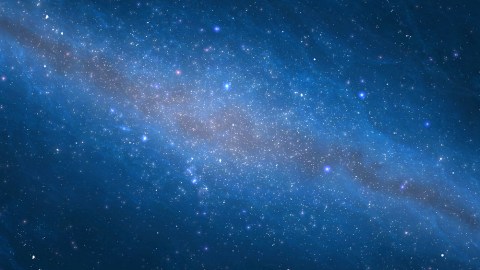Study Calculates Billions of Habitable Earth-Size Planets

How many sun-like stars in our galaxy have potentially habitable Earth-size planets?
Erik Petigura, a graduate student at the UC-Berkeley, spent three years examining brightness measurements of 42,000 stars from NASA’s Kepler mission.
Petigura published his findings in the Proceedings of the National Academy of Sciences:
We found 603 planets, 10 of which are Earth size and orbit in the habitable zone, where conditions permit surface liquid water. We measured the detectability of these planets by injecting synthetic planet-caused dimmings into Kepler brightness measurements. We find that 22% of Sun-like stars harbor Earth-size planets orbiting in their habitable zones. The nearest such planet may be within 12 light-years.
That means that the number of planets in our galaxy that could potentially support life as we know it could be as high as 40 billion. These candidate planets are ones that reside in the so-called Goldilocks zone, which Bill Nye in the video below, explains make them planets that are not too hot or too cold, but just temperate enough to support liquid water that is a necessary condition for life as we know it.
Watch here:
Image courtesy of Shutterstock





